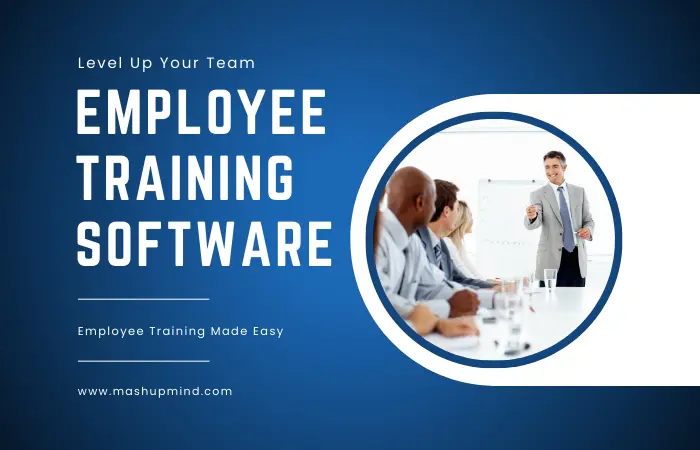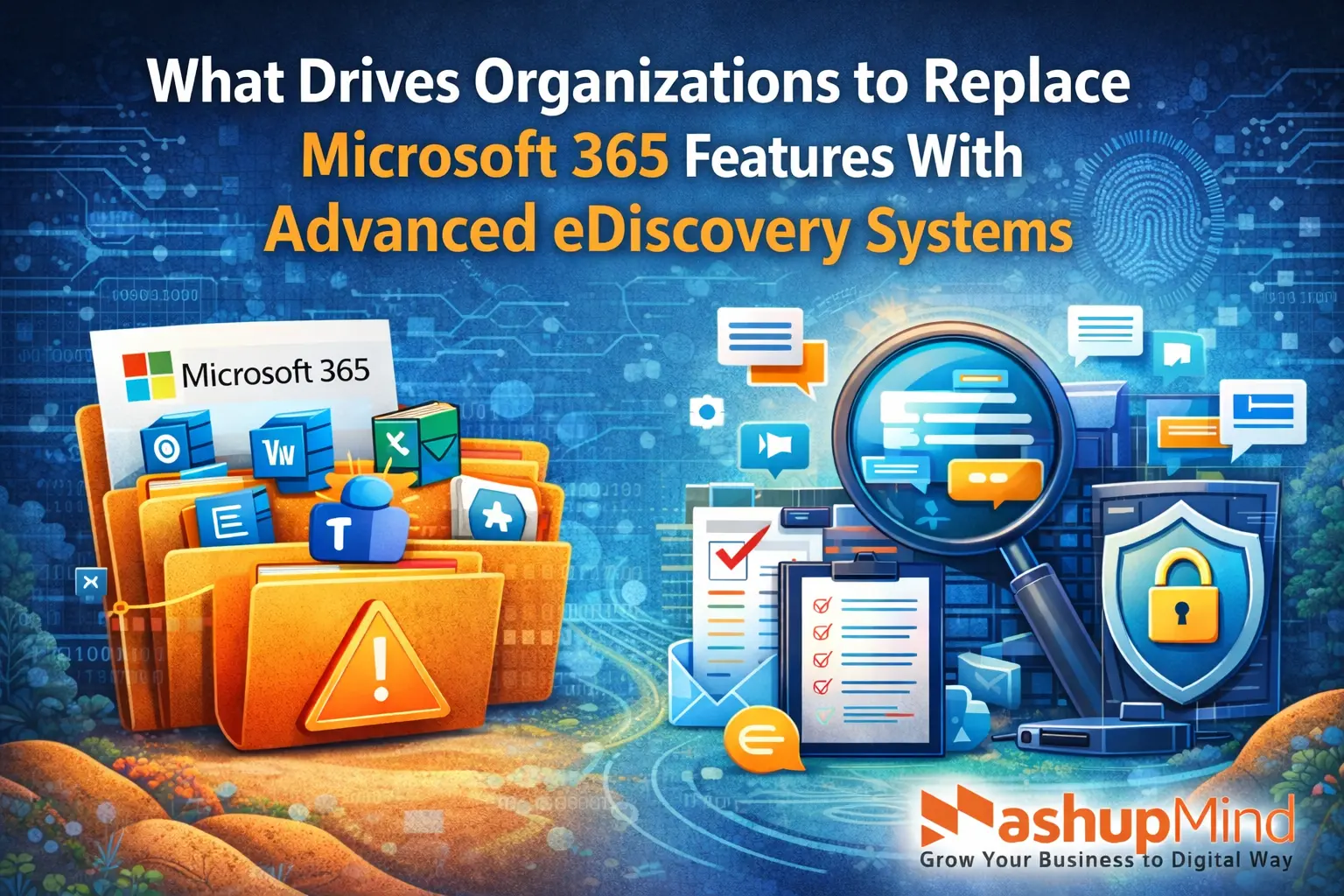Let’s be very honest, most employee training programs sucks and that’s because it’s outdated, boring, and most importantly it’s not at all effective. Companies are bleeding out time and money into clunky systems that employees hate to use and that managers despise to manage. The end results? Poor employee engagement, uneven employee performance, and those fully prepared to take on the pace of the modern world.
The world where skill gaps become bigger with every passing minute, and companies lose billions through turnover, cannot afford to think twice about employee training software. This guide gets rid of the noise. It goes through the 5 best employee training platforms that produce the best results. Also, we will share how to pick the right tool that fits with your team, goals, and bottom line. Because if training is not driving real growth, it is driving people out the door.
Top Employee Training Platforms You Must Try
We have compiled a range of tools jam-packed with essential features and functionalities. Go through each of them carefully before you decide.
1. ProProfs Training Maker
ProProfs Training Maker is an online employee training software that helps you manage, build, and deliver training to employee programs. The platform allows courses to be built from scratch using AI or created through prebuilt templates for topics such as compliance, workplace safety, and skills development. Testing knowledge retention can be achieved through assessments and applying certificates, alongside some real-time employee tracking. With support for multiple languages, this employee training tool becomes an ideal option for global teams due to its virtual classroom environment.
ProProfs Training Maker guarantees a learning experience with flexible branding capabilities, including your materials, such as videos and PDFs. The platform further supports integration with various tools, including CRMs and email marketing; this makes it a highly functional solution for businesses of all scales.
HelpSquad
Customer Service Outsourcing helps businesses deliver exceptional support without the burden of hiring and training in-house teams. With experienced agents managing live chat, email, phone, and social media, you can maintain consistent customer experiences while reducing operational costs. Customer Service Outsourcing also ensures seamless integration with your existing tools, allowing workflows to stay smooth and efficient.
Whether you’re in eCommerce, healthcare, IT, or finance, outsourcing support gives you reliable coverage and scalable solutions. By choosing a trusted partner, you gain a dedicated team committed to strengthening relationships and enhancing overall customer satisfaction.
2. Elucidat
And next employee training platform is Elucidat. It is a great platform for e-learning authoring, tailored for modernizing employee training at scale. It’s a one-stop solution for content creation without the need for techie know-how. Elucidat gives an easy drag-and-drop method of constructing courses with its predesigned templates, rapid authoring features, and AI functionality.
Be it compliance training, new-hire orientation, or soft skills development, Elucidat is the base for multimedia content, branching scenarios, social polls, and quizzes that will keep learners engaged with accessibility to detailed learner analytics! Built for international teams and fast-paced companies, Elucidat allows you to deliver learning for relevant, role-specific contexts that stick and scale.
3. 360Learning
Another interesting employee training tool would be 360Learning, an intersectional training and collaboration platform harnessing AI and social training to reshape the way companies onboard, reskill, and retain talent. Contrary to traditional “push” LMS systems, 360Learning allows SMEs situated in different roles around the enterprise to quickly get into the production workflow. The AI assists with things like auto-generation of courses, translation, and intelligent quiz creation to shorten production timelines, while the learner keeps busy with peer interaction, discussion forums, and interactive elements.
Whatever the use case, be it onboarding, rolling out compliance training, or enabling sales teams, 360Learning is geared to deliver real-time learning at scale. Robust analytics allow the tracking of skill acquisition and the impact of training. Over 2,500 organizations trust it to fast-track performance through fast, relevant learning built by their own people, boasting a staggering 91% completion rate.
4. TalentLMS
TalentLMS is a highly popular cloud-based learning management system designed to simplify training for remote and hybrid teams. It’s ideal for businesses of all sizes that want to deploy learning fast without being bogged down by complicated setup or expensive customization.
The platform shines for its ease of use, multilingual capabilities, and streamlined onboarding process. With built-in tools for course authoring, quizzes, and surveys, TalentLMS lets you create engaging, interactive courses in minutes — even if you’re not a tech expert. It also supports SCORM, xAPI, and video content, making it easy to repurpose existing training materials.
5. EdMingle
Edmingle, an exclusive training business platform, offers services to educators, coaches, and institutions for setting up, running, and scaling their training operations without dealing with multiple tools. Giving complete integration of the suite, the tool helps deliver well-organized and engaging courses using varying content modalities, carrying out live sessions via Zoom, managing multiple batches, and issuing certificates. Since it is fully white-labeled, businesses could directly launch their branded training academy with personalized domains, mobile apps, or landing pages without having to give away any revenue.
With highly insightful BI tools, comprehensive analytics, automated grading, and a single pane of dashboards, you can maximize productivity and decision-making. With over 5000 training businesses, Edmingle is guaranteed to yield impact at scale while helping training businesses grow and quickly cut cost operations, hence boosting learner engagement and building a brand that is profitable yet loyalty-driven.
Features to Look for in Employee Training Platforms
Every employee training tool comes with its own set of features and functionalities. Ideally, when you look for a tool, make sure it has the following features:
-
Easy-to-Use Course Authoring Tools
The tool should be such that anyone could use it: from the L&D professionals to the subject matter experts. Drag-and-drop editors, templates, or even AI content creation can expedite the process, reducing content creation time and amount of effort. The ability to create courses with interactive tests, branching scenarios, and multimedia embedding strengthens the learning impact. An intuitive course builder, along with AI, can allow teams to iterate rapidly and to maintain consistency throughout training modules so that any changes can be implemented into desired learning.
-
Personalized and Adaptive Learning Paths
Training is best applied when it touches on the meaning relevant to individual learners. You want to look for an employee training platform that will empower content customization along the lines of job role, level of experience, or even performance metrics. Such personalized routes tend to retain employees’ engagement, encode information in their memories, and help them do better when applying their skills in practical settings.
-
Support for Various Content Formats
Today, learners want all things rich with multimedia, interaction, and real-life examples. So, this is another feature you must consider. The training platform must support the following types of content: videos, audio clips, interactive simulations, documents in PDF format, SCORM/xAPI files, and quizzes. Tools like an AI clip maker can streamline the process of turning long-form content or webinars into bite-sized training videos—making learning more digestible and time-efficient. This diversity waves well by catering to different learning styles. It also helps you recycle existing training assets or convert PowerPoint presentations into eLearning packages.
-
Progress Tracking and Analytics
To continue improving your training program, you will need data. A suitable employee training platform should produce granular learner analytics and must have functions to track completion rates, quiz scores, and learner feedback. The need for these insights is to identify content gaps, assess effectiveness, and measure returns on investment. The most developed platforms even allow you to create multiple reports and dashboards tailored to different stakeholders—L&D managers, instructors, and executives, to make data-driven decisions.
-
Scalability and Integration Capabilities
A training platform should grow with your organization and never become an obstacle. Scalability will be prominent as you look to train thousands of employees scattered in numerous locations. With this consideration in mind, ensure that the platform you choose meets enterprise-grade performance and integrates well with your current systems, such as your HRMS, CRMs, or even Slack.
-
Mobile Accessibility and Inclusive Design
The platform must support online employee training on mobiles, though! Learners should be able to consume training on their smartphones or tablets-anytime, anywhere. Accessibility features such as screen reader compatibility, closed captioning, keyboard operation, etc., ensure that training is inclusive and conforms to global standards for accessibility.
How to Choose the Right Employee Training Platform
We’ve seen all kinds of tools; now we bet you are wondering: How to create the right employee training program? This can feel like one more overwhelming layer, so breaking it down into the essential steps makes the process easy. Here’s a rundown on how to weigh options and decide the best fit for your organization:
- Determine your training goals
Clearly define what you want to achieve out of your online employee training: whether it’s onboarding, compliance, upskilling, sales enablement, or a mixture of all.
- Learn about your learners’ needs
Think about who your learners are: their roles, locations, devices, learning styles, and accessibility needs.
- Consider content creation flexibility
The best platforms are those that make content creation easy, be it AI assistance, rapid authoring, or full control in white-labeling.
- Collaboration and engagement features
A great platform encourages interaction via quizzes, peer feedback, video coaching, and discussion forums.
- Determine scalability and localization requirements
Planning to scale or serve your global team? If so, make sure the platform has localization features, multi-language content, and batch management.
- Report and analytics
Choose a platform that comes with business intelligence tools to track learner progress, performance, and training results.
- Look for integration and automation options
Smooth integration within your HR, CRM, or LMS tools of choice can truly accelerate workflows down to a matter of minutes.
- Branding and white-labeling requirements
Find a platform that comes with white-labeling features for online training companies to ensure a branded experience.
- Analyze support and reliability
Reliable customer support, responsive UX, and positive reviews set the tone for platform quality and stability.
- Analyze pricing and long-term ROI
Pick a platform that fits in your budget, not just today, but can give you room to grow while delivering as long-term ROI.
Keep these points in mind, and you will definitely find a tool that suits your business needs.
Final Words
Choosing the right employee training software is no longer a luxury. If you want a future-ready workforce, then it is more like a strategic move. When you pick the right tools, you can boost engagement while also driving productivity. The right platform can simplify the learning journey and amplify its effects. So, keep your business goals at the center, and you’ll find a solution that fuels both growth and performance.







